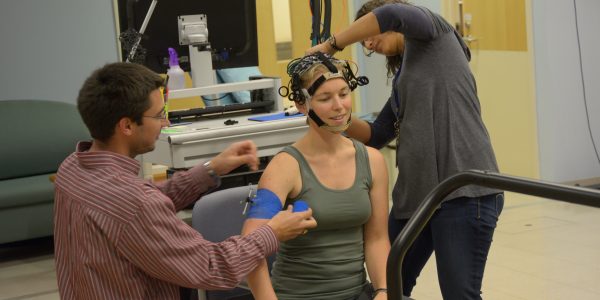Life is not breathing, neither is it heartbeat. Though vital, they are engines for the basic quantity of experience. They are not often prioritized in processes, so their share of what it means to be and to know isn’t particularly outsized.
Life is thought—built by brain cells and molecules. Thought is how to know. Thought has properties. Knowing locations are memory where thought acquire properties for experiences. When someone remembers something, thought got there and acquired that, if forgotten, it was unable to be acquired.
When there is an emotion, mood, interest, delight, anger, hate and so on, they are properties in memory destinations, acquired by thoughts relaying there.
Thought is what drives the extent to know. Consciousness is by how much it is possible to know. The more any organism can know, the more conscious the organism is. There are objects with molecules that cannot know, hence they are not conscious. There are organisms with levels of what they can know, regardless of how sharp a particular sense is. It is knowing, at any point, that determines conscious experience.
States of consciousness also, are graded by knowing. Coma, sleep, general anesthesia and others have forms of thought, but not relaying to where they acquire certain properties to bear levels of experience for attention and awareness.
Thought can acquire or lose properties across experiences. When someone is hungry, but something scary happens, or some news of a situation, and the hunger goes away, it can be said that the thought lost that property, then acquired for fear or something else. Thought properties make up an overall of construct of cells.
Thought can be prioritized [just one] or pre-prioritized [others] though interchanges are fast and numerous between those.
Prioritized is close to attention but more expansive. Pre-prioritized encompasses awareness, but exceeds that to processes ongoing not even in awareness.
Thought function is what sets physical or mechanical functions across the body, for internal senses and with external senses.
Thought, with representative properties in memory locations, can cause physical sensation, controlled or automatically.
Thought properties are the basis of all mental health and illnesses. They are also the form with which memory is stored. Thought with certain limited properties is what neurotechnology accesses in cortical areas.
Thought is what represents senses, or the identity, uniformity, or integration of senses, from their differentiated types, coming into the thalamus and olfactory bulb for processing.
Thought is what relays to the cerebral cortex for interpretation. It is thought that goes in old and new sequences, getting better on cognitive tasks after a while.
The future of mental care is thought properties and how they are acquired to determine experience, which is possible by video games and other digital displays.




